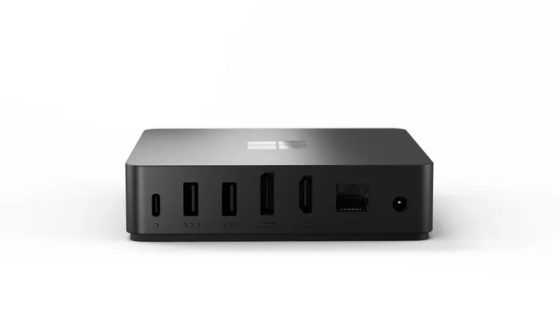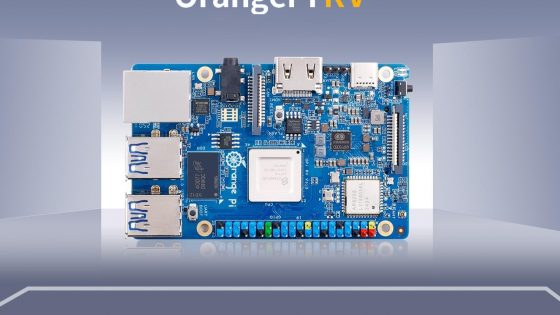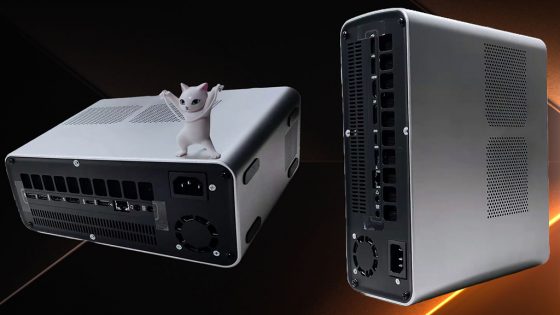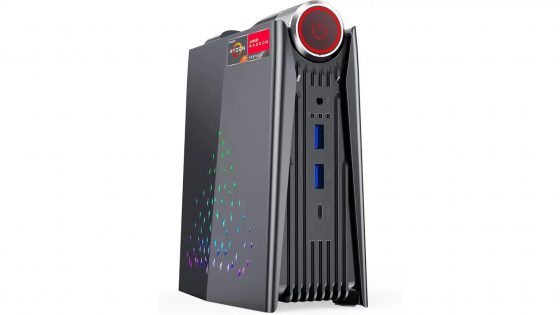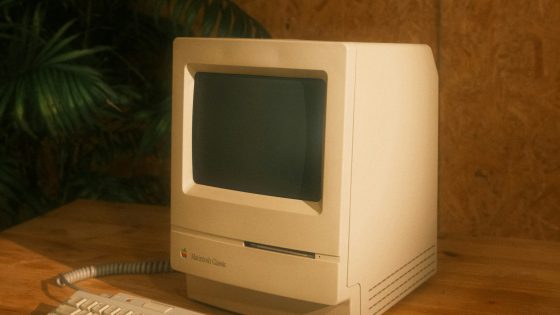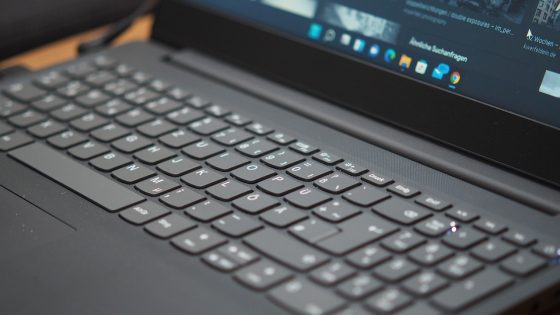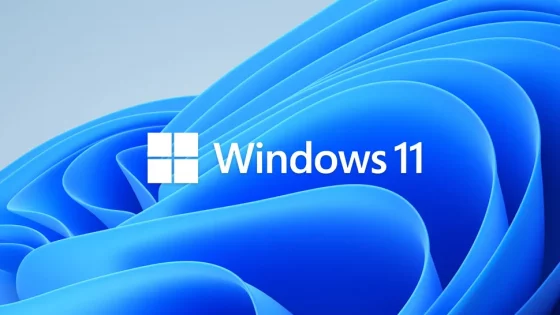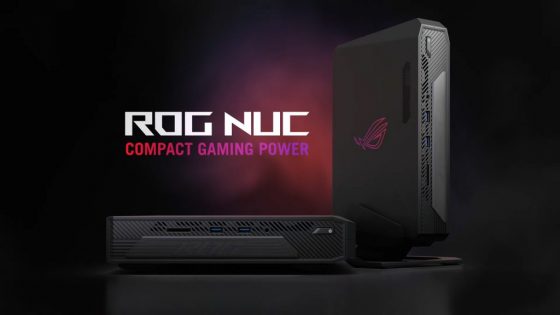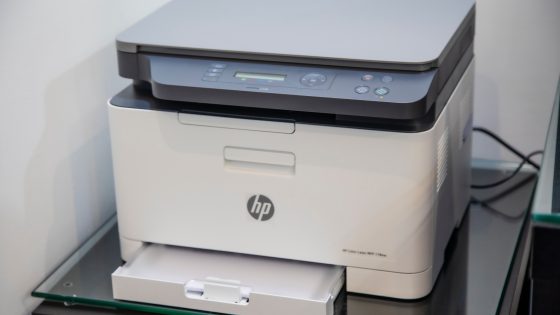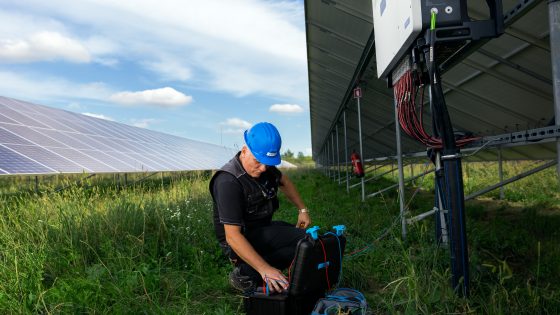Introducing the new Raspberry Pi 5. What's new?
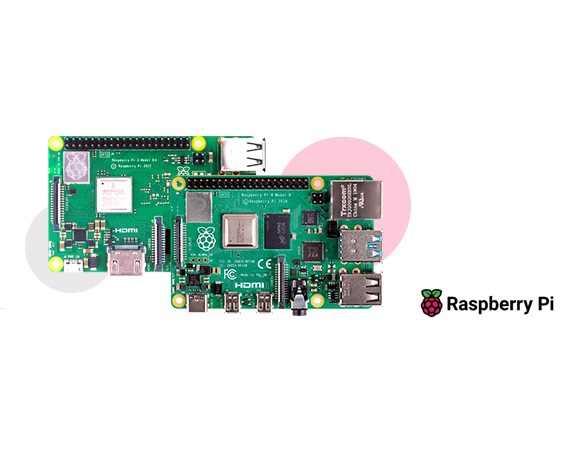
Four years after the release of the Raspberry Pi 4, the Raspberry Pi 5 arrived with improved performance and proprietary silicon that adds support for PCIe 2.0. Despite doubts that the Raspberry Pi 5 will be released this year, the latest version of the microcomputer has arrived with some notable upgrades and at a starting price of $60.
At the heart of the Raspberry Pi 5 is a 64-bit quad-core Arm Cortex-A76 processor clocked at 2.4 GHz, which provides two to three times the performance of the four-year-old Raspberry Pi 4. The device also includes an 800-MHz the VideoCore VII graphics chip, which the manufacturer says offers a "significant increase" in graphics performance (we don't have official numbers yet).
First impressions are positive. Those who have been able to test it report fast overall loading and noticeable speed improvements in everyday tasks (loading web pages...). Some also report overheating faster, but the manufacturer sells an external cooling system that attaches to the motherboard.
In addition, the Raspberry Pi 5 contains a component that is made by the Raspberry Pi company for the first time. It is called "southbridge", also known as part of the chipset that helps the device communicate with the peripherals. The manufacturer says that with the RP1 southbridge microcomputer "brings a significant step forward in the performance and functionality of the peripherals", which enables faster data transfer to external UAS drives and other peripheral devices.
It also allows for two quad-band 1.5 Gbps MIPI receivers to allow connection to two cameras or displays. There is also a new single PCI Express 2.0 interface, which for the first time offers support for “high-bandwidth peripherals”. However, the developer warns that you'll still need a separate adapter, such as an M.2 HAT (Hardware Attached on Top), to take advantage of this. In terms of connections, you can expect two 4K (60 fps) HDMI outputs with HDR support, a microSD slot, two USB 3.0 inputs, two USB 2.0 inputs, gigabit Ethernet and a 5V DC power connection via USB-C.
Other additions include support for Bluetooth 5.0 and Bluetooth Low Energy (LE) and an SD card with high-speed SDR104 mode. All of these upgrades make the Raspberry Pi 5 even more versatile, whether you're using it as an ultra-cheap desktop computer, a media server, or even a DIY security system.



